Welcome to our ultimate guide on scalping trading. Here, you will discover what scalping trading is and how it works.
Beginner traders are often at crossroads on the best trading strategy to use in their trades. Scalping is one of the trading strategies to help you increase your profit potential. Also known as scalp trading, it allows you to buy financial instruments multiple times within a day.
The profits that you are likely to make scalp trading are in small amounts. However, you can always trade multiple times to maximise it. Individuals who scalp trade are called scalpers. They can trade numerous times as long as all trades are closed at the end of the day.
Understanding Scalping Trading
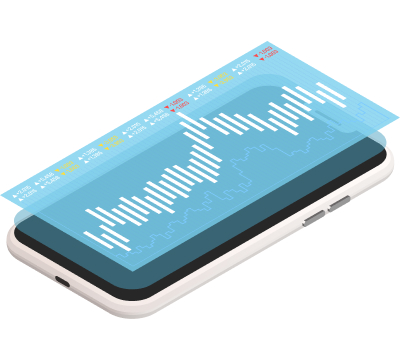
Scalping trading is a strategy that is applied in day trading. Even though the amount you might gain as profits from this trade is smaller than other trade forms, it actually carries low trading risks.
However, this does not mean that it is a sure-fire way to make good money. You still need to commit fully and analyse the markets correctly to have higher profit potential. You also must understand fully how scalping works and when to apply it.
Scalping continues to attract many traders because it offers a wide array of opportunities. However, it has strict regulations that you must comply with. For example, you can only open and close a position within the set time frame. This means that your open position cannot remain open more than the specified time frame, and there will be no exceptions should this happen.
That being said, below are the key features of scalping trading.
Liquidity means the rate at which a financial instrument can be bought or sold without affecting its original market value. A liquid market provides advantages because it means that the spreads will be tighter, and more trading options will be at your disposal.
Note that a liquid market attracts many traders, including professionals. Therefore, while you have a higher profit potential here, predicting the trends can be an uphill climb.
This is the measure of assets’ price fluctuations over time. It shows the range at which the price of an asset can reach. When the market volatility is high, the assets’ prices fluctuate rapidly within a short period. In contrast, low volatility means the prices are fluctuating slowly over a more extended period.
Scalpers should take advantage of the market volatility when it is low or in a stable state. This is because at this point prices are moving for a longer period, giving you an opportunity to gain profits.
Scalpers make a lot of trades within a day, and for this reason, they can either accumulate profits or losses. Protecting your investment against extreme loss is a strategic move because one huge loss can affect the gains that have been accumulating the entire time.
There are various risk management controls that you can use to minimise any loss if it occurs. For example, stop-loss orders and take-profit orders are the most commonly used risk management controls for beginners.
Timing is of the essence in scalping, and traders need to make quick moves to have a chance at earning profits. Note that sometimes the market trends shift quickly that you cannot even notice in a one-minute chart. Therefore, while you have lots of opportunities in scalping, make sure you dedicate your time to trade until an open position closes.
Understanding the above scalping metrics will help you in your strategic plan. You can apply scalping in forex, stocks, cryptocurrencies, and more. However, you need to trade with an asset that you are well-versed with to survive in this industry.
Scalping Trading Tips
The key element to succeeding in scalping trading is understanding the time frame and making quick moves. You always have to be alert for any opportunity, which can only be achieved if you stick to your screen to maximise your profits.
In addition, scalpers need to be strict with their exit strategy because you cannot afford to lose. If you do, and it’s a significant loss, all your small earnings that have been accumulating will also go down the drain. Simply put, you need to be a quick thinker since opportunities in scalping occur in seconds.
Venture into scalp trading not just for the money but because you are passionate about it. Choose the trading securities that you understand fully and believe can make you some good money.
Finally, scalping requires thorough market analysis because the price trends of assets tend to change rapidly. Trading using advanced charting tools such as real-time price updates and one-minute charts can help you trade successfully.
You should also know when to close an open position, and applying risk management controls can be the need of the hour.
Top Scalp Brokers
As with all forms of trading, finding the right broker is essential to succeeding with scalp trading. You can, of course, try and find a broker on your own just keep in mind that it is a time-consuming job.
To save yourself time, we suggest that you use our recommended brokers instead. Our team has spent hundreds of hours reviewing and testing all the top brokers in the UK and the following brokers are the best for scalping on any market.
1. IG Markets
The more assets and instruments you have access to, the easier it is to scalp trade. And with more than 17,000 assets on offer – mainly as CFDs – IG Markets provide more options than you would ever need. Whether you’re trading forex, stocks, bonds, or cryptocurrencies, IG Markets will provide you with the tools you need to trade efficiently.
The one issue with IG Markets is that some traders find it overwhelming having to choose between so many assets. That’s why we typically recommend IG for more experienced traders.
67% of retail investor accounts lose money when trading spread bets and CFDs with this provider.
2. CMC Markets
Similar to IG Markets, CMC Markets has more than 12,000 assets on offer, making it a perfect option for those looking to start scalping. In addition, CMC Markets has no minimum deposit level, meaning it’s a cheaper option than both eToro and IG.
When scalp trading with CMC Markets, you’ll mainly be using the NextGeneration platform and therefore, you need to feel comfortable with the platform. If you want to test the platform, we suggest you open a CMC Markets demo account.
Methods of Scalping

There are various ways to scalp trade. It can either be manually or automatically. In the manual method of scalp trading, a scalper takes time to analyse the markets and monitor the price trends so that they can quickly take advantage of an opportunity when they arise.
When it comes to automatic scalping, a broker’s automated platform will do all the work for you. This includes executing scalpers’ chosen strategy algorithm by following the same signal a scalper does manually.
As a beginner, it is advisable to stick to manual scalping trading before deciding to use the automated version. As much as it sounds like a simple way to scalp trade, it works by following your analysis trends, which can be risky if you haven’t understood the financial markets’ performance.
Scalping Strategy
Various scalping strategies work with different traders. By using a broker’s demo account, you can try out various strategies with different technical indicators and decide which one is more convenient for your activities. Take a look below at the basic scalping strategies that you should know.
Stochastic Oscillator Strategy
When you use the stochastic oscillator technical indicator to scalp trade, you aim to capture moves in the trending financial markets. The prices will be moving in a consistent motion and close when they are almost at their recent range before reversing direction.
This strategy offers entry points for long trade positions and can be closed when the stochastic reaches its maximum range or when a bearish crossover appears. On the other hand, scalpers opening short positions can use this strategy in a downward-trending market. Here, you will be selling rallies rather than buying dips. Of course, you also need to keep an eye on the bearish crossover.
Moving Average Strategy
Moving averages are undoubtedly one of the most popular technical indicators. A moving average smoothes out the price trends by constantly creating and updating the average price of an asset. As a result, traders can use it to determine the direction of financial security.
With this strategy, you can add up all data points within a given period and divide the sum by the number of periods. This is an excellent method that helps traders generate trading signals.
Considering the above day trading scalping strategies, newbies need to start by opening positions short-term. For example, one-minute scalping trading can be worth considering. It is way easier to master, and you can open a position, make small profits (pips) and close that position within a minute.
Note that the one-minute scalping can benefit you if you place multiple trades within a day. It carries fewer risks because your open position will only last for a minute. However, this doesn’t mean that you won’t encounter challenges. You still have to conduct your analysis and keep track of your trade throughout this time.
Swing Trading vs. Scalping
Like scalping, swing trading is also a trading strategy. Traders can swing trade across various financial instruments, including forex, stocks, cryptocurrencies, and more.
Both swing trading and scalping differ in various elements. For example, while scalping trading requires you to monitor your trades minute by minute, swing trading does not mandate you to always be there.
If you are a part-time trader, swing trading can do the trick for you. However, you need to conduct market analysis and make the right moves if you want to succeed.
That being said, below are the significant differences between swing trading and scalping.
- The scalp trading holding period usually lasts for seconds, minutes, or hours. You do not need to worry about holding a position overnight. When it comes to swing trading, positions can be held for as long as weeks. Overnight charges apply with this strategy.
- Scalpers use the tick chart, which is usually between 1-5 minutes in their trades, whereas swing traders use daily or weekly charts.
- Scalpers can trade up to 100 times during the day, whereas swing traders are limited by their brokers, meaning that open positions for swing trading usually last between days to weeks.
- Scalpers need to be quick thinkers and make faster moves when an opportunity arises. In contrast, swing traders do not need to always be on their toes, and their trading decisions remain fluid.
- Scalp trading generates fewer profits, and you have to trade multiple times to accumulate a substantial amount. On the other hand, swing trading can generate many earnings without you having to trade multiple times.
- Constant trade tracking is needed when you scalp trade, whereas the swing trading monitoring rate is moderate.
How to Scalp Trade

To successfully scalp trade, you need to be knowledgeable about scalp trading. Choosing a reliable broker that hosts your preferred financial instruments will also contribute to your profit potential. In addition, make sure that they are regulated by top-tier authorities within your jurisdiction to guarantee your funds’ security.
Once you have confirmed that a broker is best suited for you, follow the steps below to scalp trade.
- Create a scalp trading account. You should start with a demo account before creating a live account to test the broker and confirm if they are the right one for you without spending your money.
- Choose your preferred scalp trading assets, whether it’s stocks, forex, cryptocurrencies, indices, or commodities.
- Make the required deposit and access the financial markets. Note that trading charges vary among brokers, so make sure you confirm if it’s within your budget prior to opening a trading account.
- Decide whether you want to buy or sell a financial asset and determine your entry and exit points.
- Before you start trading, make sure that you apply risk management controls like stop-loss orders to minimise losses if they happen. Managing the risks in scalp trading is very crucial, especially knowing how risky this trading strategy is.
Pros and Cons of Scalp Trading
Scalping trading strategy is a popular day trading method that has become popular globally. However, like other trading strategies, it excels in certain areas and falls short on others. Let’s take a look at the pros and cons of scalping trading.
- Scalpers can make profits quickly because of the short time frame associated with scalping.
- It is a flexible trading strategy since you can also trade when the markets have minimal price trends.
- Since the trade sizes in scalping are always small, you do not need a lot of capital to get started.
- Minimal trading risks compared to other forms of trading because of the smaller positions.
- It can be a very profitable strategy because of the low risks.
- You need to commit fully, which can be stressful at times.
- Limited trading timescale.
- It has greater leverage, which can generate tremendous losses if you lose.
Final Thoughts
The main goal of scalp trading is to open positions fast and gain from the fast price movements. Thus, you get to trade with less exposure to risks while accumulating small profits if you trade successfully.
Technical indicators are key elements in scalping. Therefore, we advise you to choose complementary indicators that will enable you to validate the trading signals. It is a trading strategy that scalpers can use to supplement other trading methods.
If you would like to know about the best options trading platforms for UK traders, read our other guide.



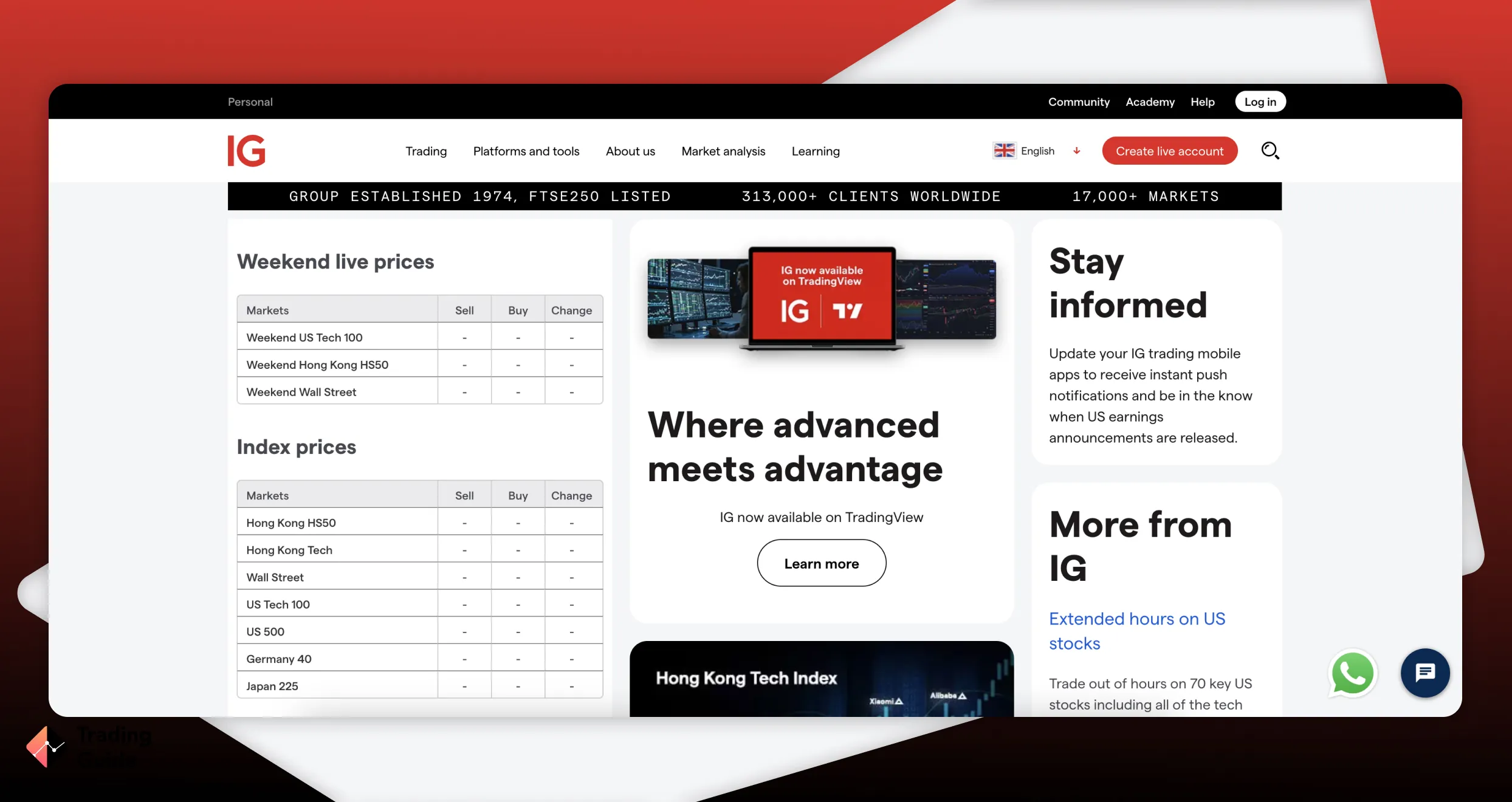
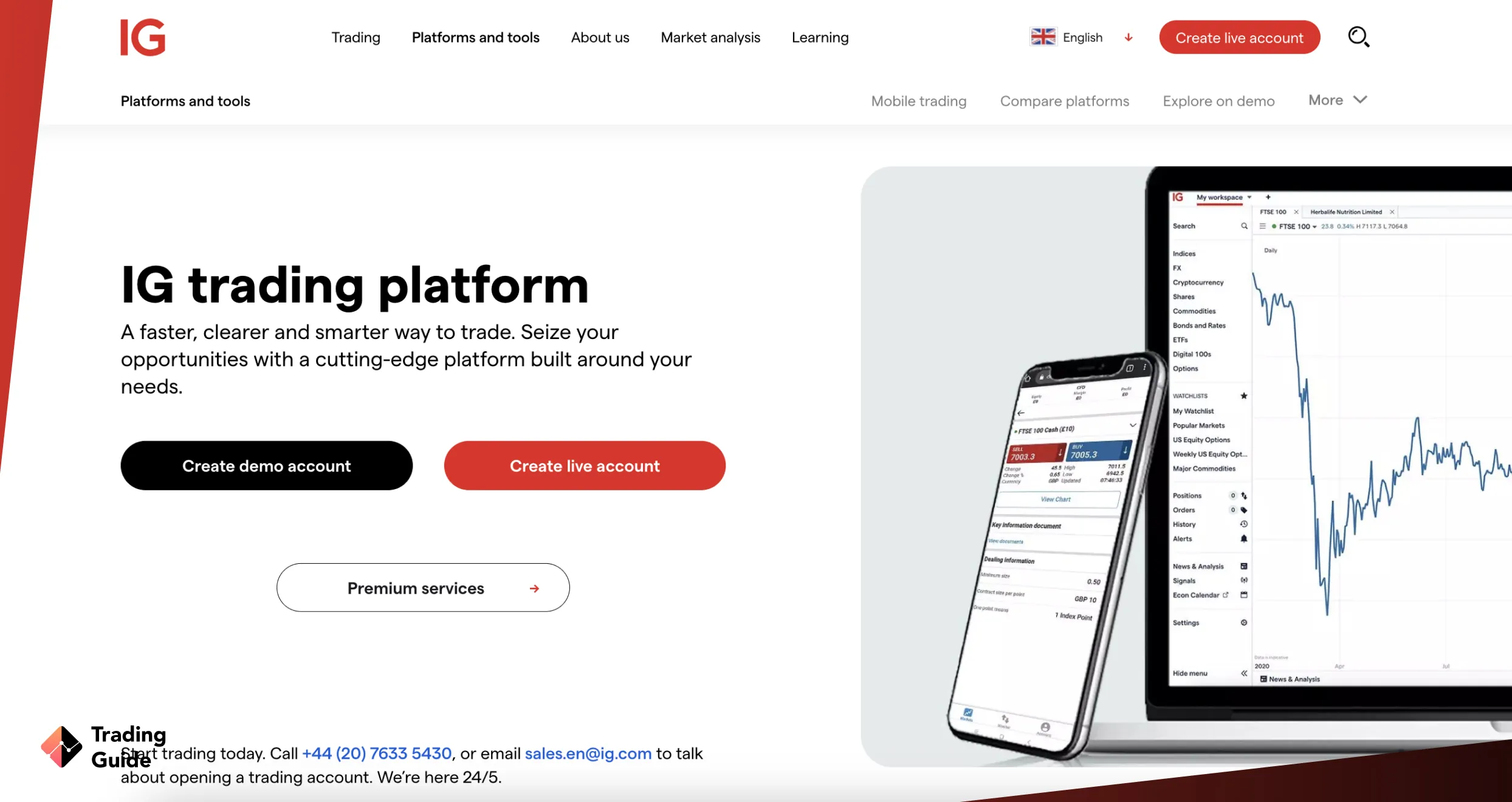
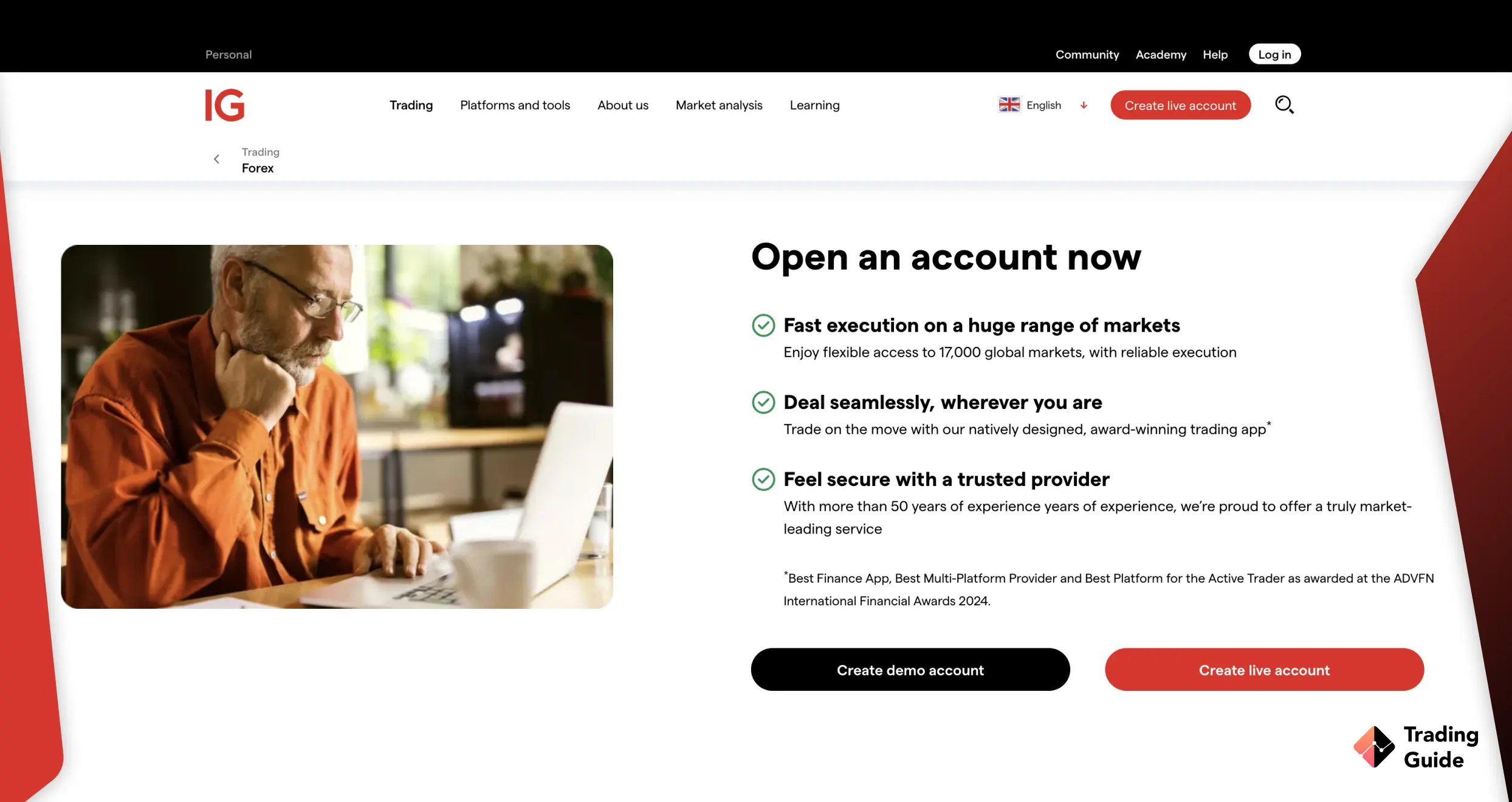






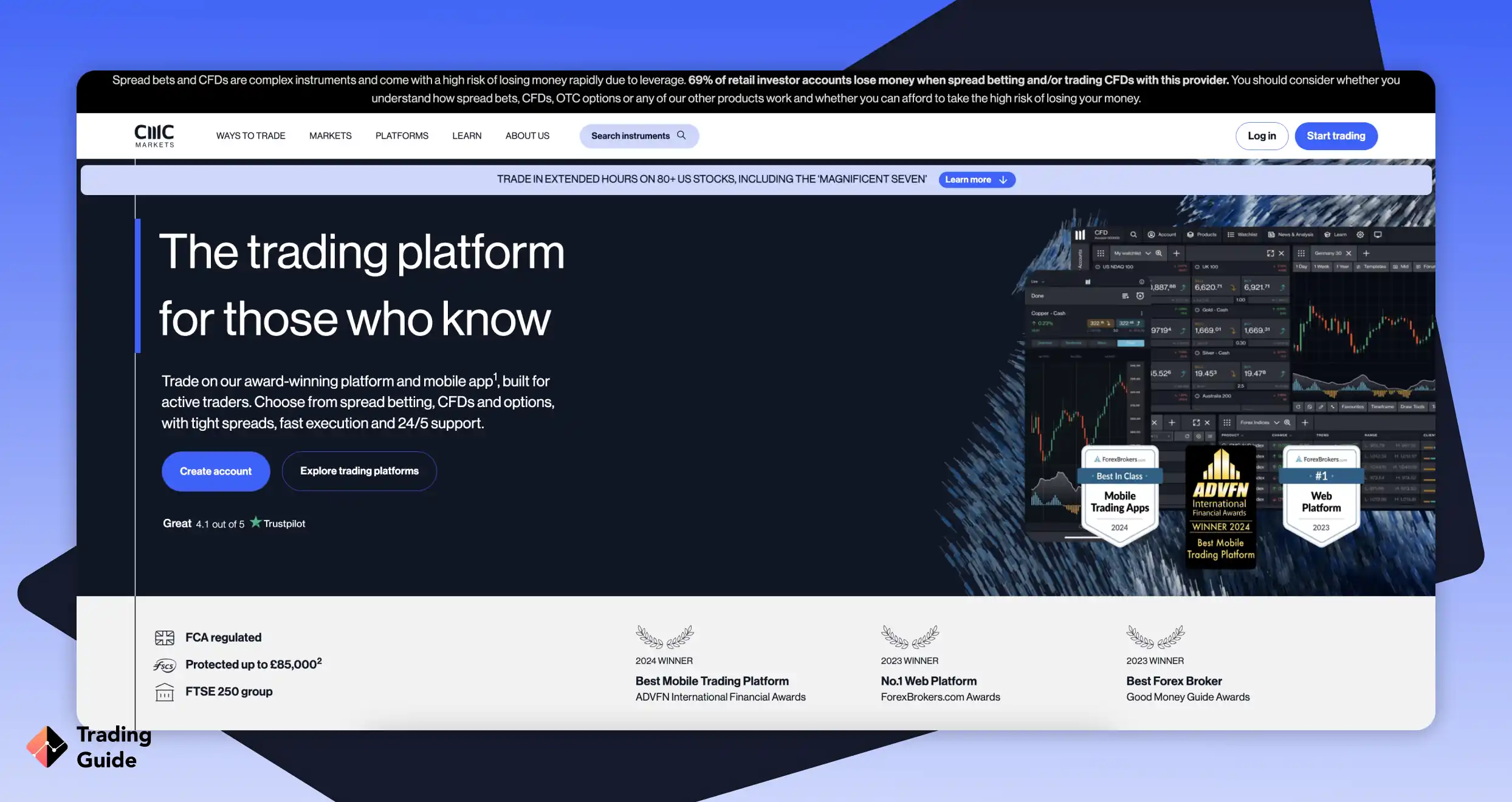
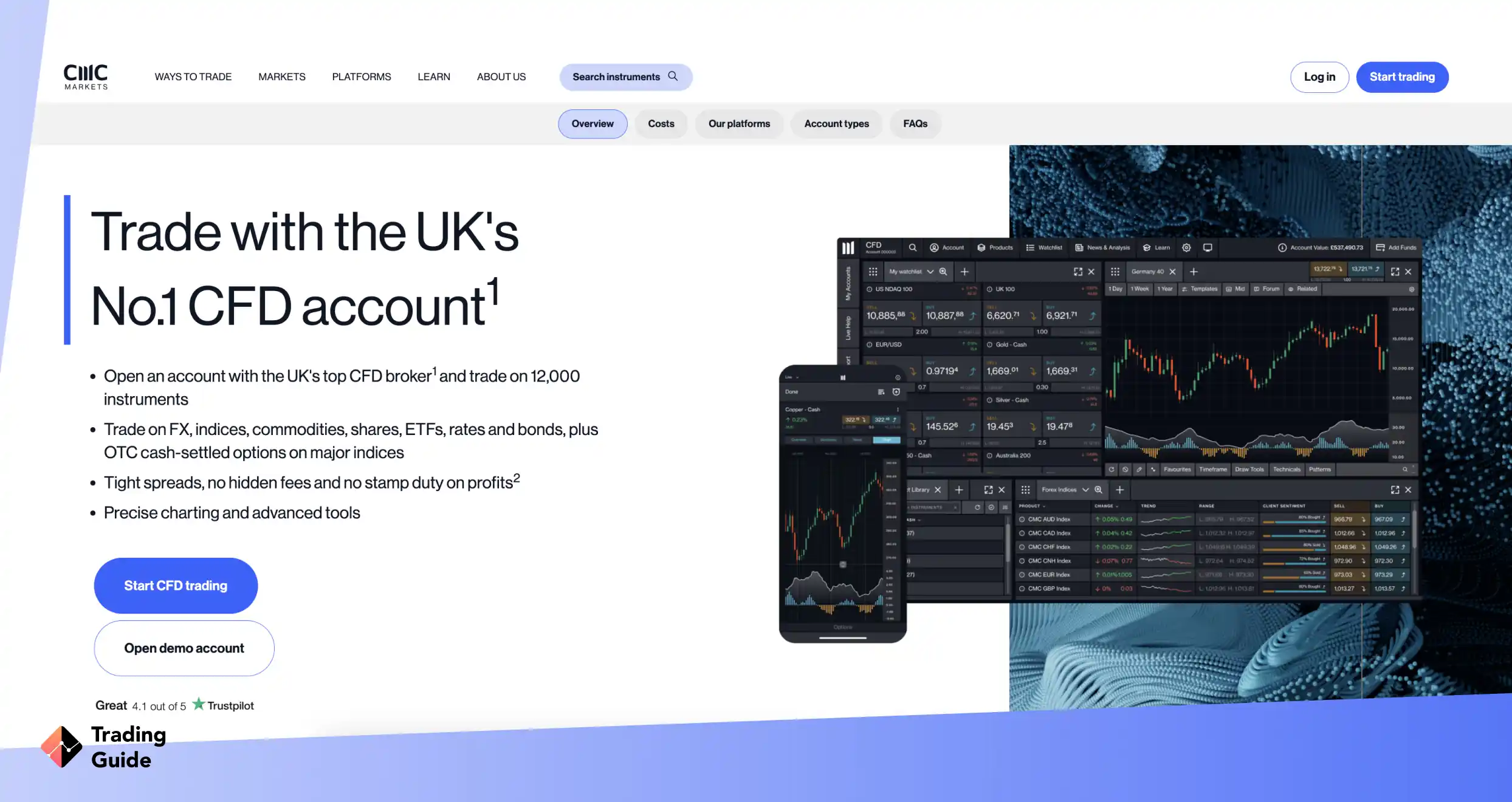
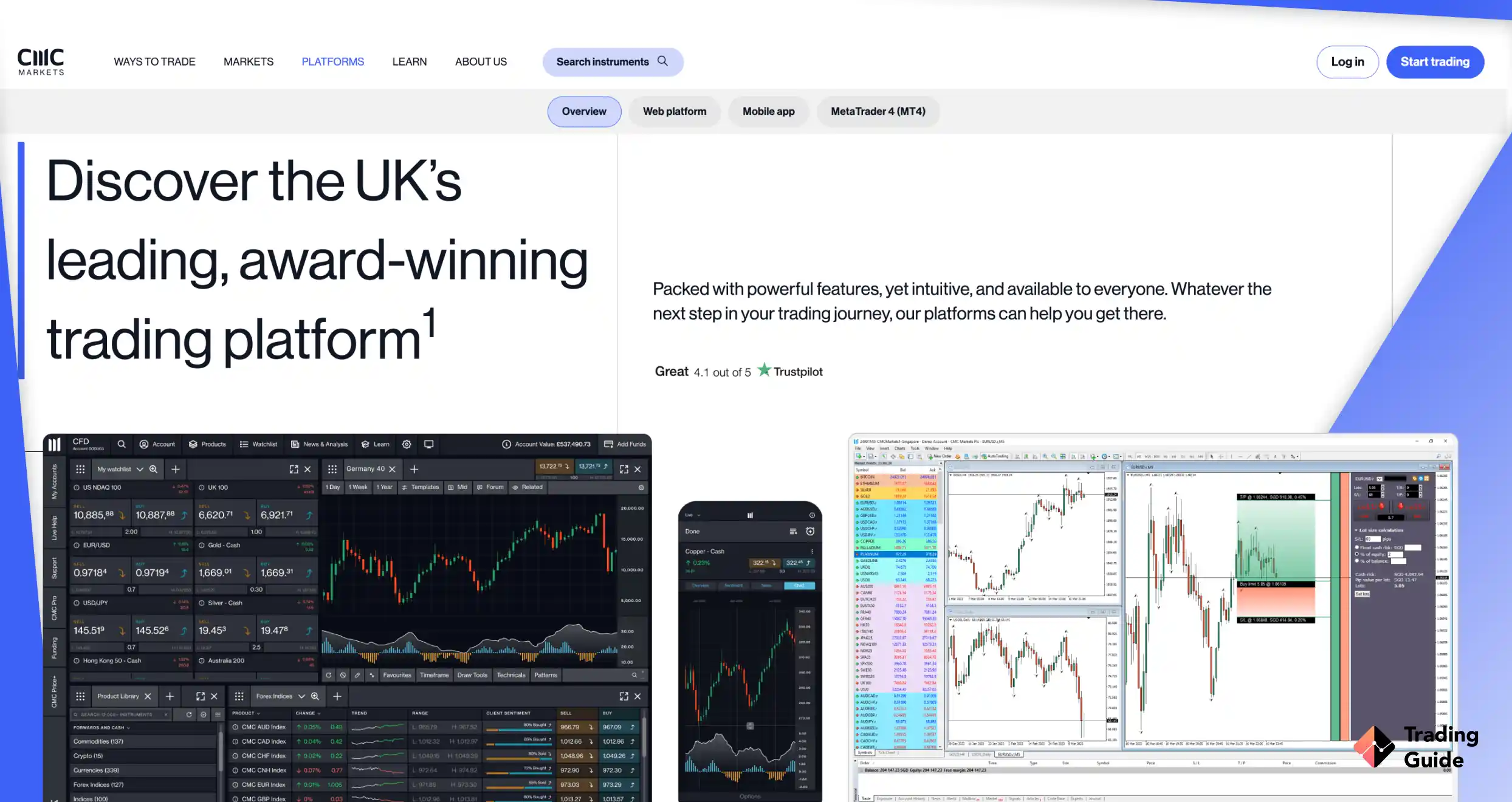
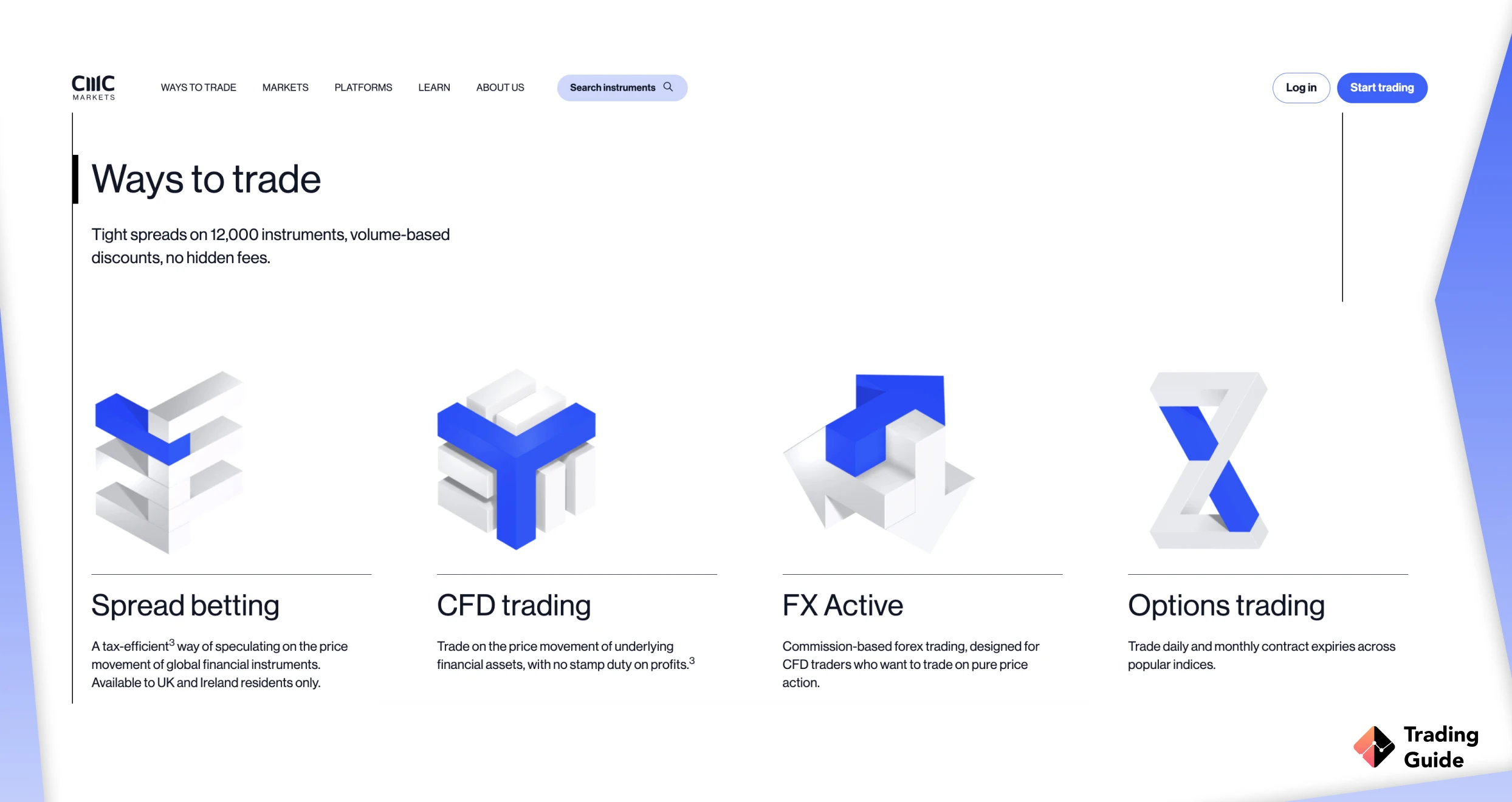


I am making proper scalping trading with continuous profit for 3 years. Scalping is the most demanding trading style and is not something to try with a small level of experience. I would not recommend it if you are not used to trading and if you have risk aversion.
If you want to stick with a regulated broker then I recommend Saxo markets and IC Markets. These are my most favorites brokers as they have amazing spreads and platforms and are the most reputable brokers.
According to my experience, the best way to find the right broker is to try it yourself. At least that’s what I do. When I look for a broker, I just go to their platform and check out their services and website. Then I gather information about it, read reviews and if it suits me, I start a DEMO. That’s one way of knowing a broker! Good luck!
As far as beginners are concerned, I believe they should undertake some basic training provided by someone the market leaders in every country. Safe trading for beginners can be to invest in short-term policies with thorough research and studying reports. The best and safe trading broker for beginners is IC Markets.